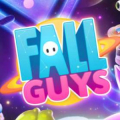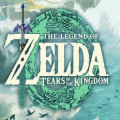Advertisement
Popular Now
Since its release in 2011, Minecraft has become a cultural phenomenon, captivating millions of players with its open-world sandbox environment. Players can build, explore, and survive in an infinite world, fostering creativity and collaboration. However, alongside its success, the game has faced significant challenges regarding community behavior. The rise of toxicity in Minecraft's multiplayer servers has sparked discussions about inclusivity, player interactions, and the measures needed to foster a positive environment.
This article delves into the complexities of Minecraft's community dynamics, exploring the roots of toxicity, its impact on players, and potential solutions to create a more inclusive and welcoming space for all.
[caption id="attachment_1646" align="aligncenter" width="600"]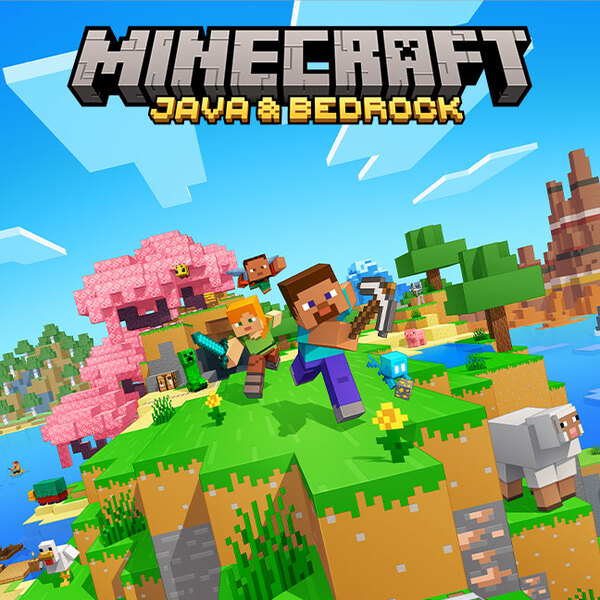 Minecraft was originally developed by Markus "Notch" Persson and later acquired by Microsoft in 2014[/caption]
Minecraft was originally developed by Markus "Notch" Persson and later acquired by Microsoft in 2014[/caption]
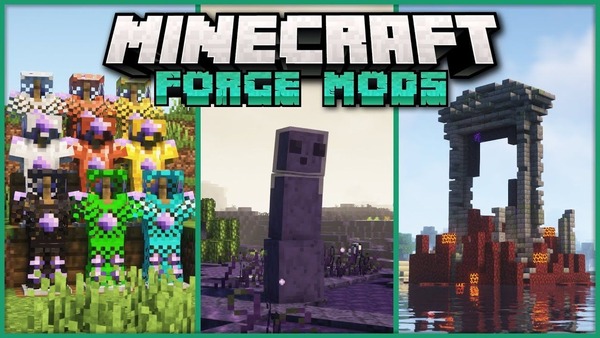 Toxicity in online gaming refers to negative behaviors that disrupt the enjoyment of others[/caption]
Toxicity in online gaming refers to negative behaviors that disrupt the enjoyment of others[/caption]
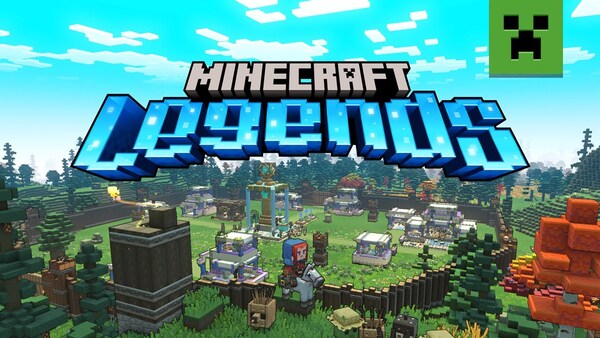 Future updates could focus on enhancing moderation tools, promoting educational initiatives,[/caption]
Future updates could focus on enhancing moderation tools, promoting educational initiatives,[/caption]
 Minecraft was originally developed by Markus "Notch" Persson and later acquired by Microsoft in 2014[/caption]
Minecraft was originally developed by Markus "Notch" Persson and later acquired by Microsoft in 2014[/caption]
The Genesis of Minecraft’s Community
Minecraft was originally developed by Markus "Notch" Persson and later acquired by Microsoft in 2014. From its inception, the game emphasized player creativity, allowing users to build virtually anything they could imagine. The game’s community began to flourish as players shared their creations, tips, and gameplay experiences on various platforms. In the early days, the community was relatively small and close-knit. Players would gather in forums and chat rooms, exchanging ideas and collaborating on projects. However, as Minecraft's popularity skyrocketed, so did its player base. This influx brought diverse groups of players, each with different expectations and play styles, leading to challenges in community dynamics.The Rise of Multiplayer Servers
One of the defining features of Minecraft is its multiplayer capability, allowing players to join servers and interact with others in real-time. Initially, multiplayer servers were places of collaboration and creativity. Players could work together on massive builds, participate in mini-games, or embark on adventures in custom worlds. However, as the number of players increased, so did the variety of server types and communities. Some servers focused on survival gameplay, while others emphasized creativity or competitive elements. This diversity contributed to the emergence of different cultures within the game, which, unfortunately, also included more toxic environments.Understanding Toxicity in Minecraft
Toxicity in online gaming refers to negative behaviors that disrupt the enjoyment of others. In Minecraft, this toxicity manifests in various ways, including harassment, bullying, and exclusionary practices. Many players have experienced or witnessed toxic behavior, particularly in competitive or high-stakes environments. Several factors contribute to this toxicity. The anonymity of online interactions can lead individuals to behave in ways they wouldn’t in face-to-face situations. Additionally, the competitive nature of certain gameplay modes can amplify negative behaviors, as players become more focused on winning at any cost.The Impact of Toxicity on Players
The consequences of toxic behavior in Minecraft can be significant. Many players, especially younger ones, may feel discouraged or alienated by negative interactions. A study published by the International Journal of Gaming and Computer-Mediated Simulations found that toxic behavior in online games leads to a decline in player satisfaction and increased likelihood of quitting the game. Toxicity can also create a hostile environment that stifles creativity. Players may hesitate to share their creations or participate in discussions out of fear of being ridiculed or attacked. This impacts the community's overall health, reducing collaboration and innovation. [caption id="attachment_1648" align="aligncenter" width="600"] Toxicity in online gaming refers to negative behaviors that disrupt the enjoyment of others[/caption]
Toxicity in online gaming refers to negative behaviors that disrupt the enjoyment of others[/caption]
Addressing the Issue: Community Moderation
To combat toxicity, many Minecraft servers have implemented moderation policies. Server administrators often employ tools to manage player behavior, including chat filters, player bans, and reporting systems. These measures aim to create a safer environment for players, allowing them to enjoy the game without fear of harassment. However, moderation comes with challenges. Some players may perceive moderation efforts as censorship, leading to pushback against rules. Striking a balance between maintaining order and allowing freedom of expression is crucial for effective community management.The Role of Education and Awareness
Education and awareness are essential in addressing toxicity within Minecraft's community. Many players, especially younger ones, may not fully understand the impact of their actions. By promoting discussions about online behavior, empathy, and respect, the community can foster a more inclusive environment. Various initiatives have emerged to promote positive behavior within gaming communities. Organizations like the Anti-Defamation League have developed resources to educate players about toxic behavior and its consequences. These initiatives encourage players to take responsibility for their actions and support their peers in creating a welcoming space.Encouraging Inclusivity Through Game Design
Minecraft's design lends itself to creativity and collaboration, but the game itself can also play a role in promoting inclusivity. Developers can implement features that encourage positive interactions, such as in-game prompts that remind players to be respectful or highlight collaborative achievements. Additionally, the inclusion of diverse characters and representation within the game can help create a more welcoming environment. By showcasing various cultures, backgrounds, and identities, Minecraft can signal that all players are valued and included in the community.The Importance of Positive Community Leaders
Positive community leaders play a significant role in shaping the culture of Minecraft servers. Influential players or content creators can set the tone for their communities, modeling inclusive behavior and encouraging others to do the same. By promoting positivity and collaboration, these leaders can inspire players to engage in constructive interactions. Community-driven initiatives, such as build competitions or collaborative projects, can also help foster a sense of belonging. Encouraging players to work together on shared goals promotes teamwork and camaraderie, countering the negative effects of toxicity.Future Directions: Building a Healthier Community
As Minecraft continues to evolve, the community faces ongoing challenges regarding toxicity and inclusivity. Developers, players, and community leaders must work together to create a healthier environment. Future updates could focus on enhancing moderation tools, promoting educational initiatives, and providing resources for community management. By investing in these areas, Minecraft can position itself as a leader in fostering positive online experiences. [caption id="attachment_1650" align="aligncenter" width="600"] Future updates could focus on enhancing moderation tools, promoting educational initiatives,[/caption]
Future updates could focus on enhancing moderation tools, promoting educational initiatives,[/caption]

